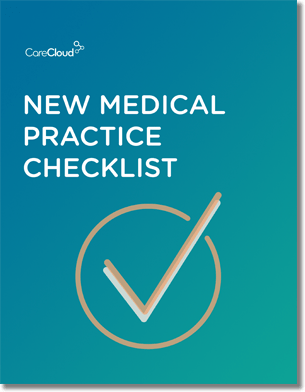Do you want your practice to feel overwhelmed? It’s not a pleasant feeling. It’s often a challenge for healthcare providers to keep track of patient appointment trends, which often results in poor labor usage and increased no-shows.
Analytics will help you create an effective strategy to track and manage patient appointment trends. This will help filter out inefficiencies in your practice, keep patients satisfied and minimize superfluous practice expenditures.
Power Your Practice is here to help with the sixth installment of its Actionable Analytics series. Today you’ll learn how to successfully monitor patient trends so you can optimize your practice’s schedule.
Recognize Patient Trends
Better tools to track and manage patient appointment trends? will give your practice the ability to minimize patient no-shows, maximize labor utilization and stop leaking money through missed appointments. Recognizing cancellation tendencies can provide valuable data for schedule optimization.
Fluctuations in patient volume can leave your practice understaffed or overwhelmed — hampering efficiency and affecting patient care. The ability to recognize these trends will help you match labor supply with patient demand. For example, if you recognize a major increase in no-shows and cancellations on Fridays, you can book 20 percent more appointments to fill those spots or reduce your staff requirements for that day.
This will help you more accurately forecast patient volume and schedule both patients and staff accordingly. Your organization can then use this data to customize a strategy to reduce the patient no-shows that drag down your bottom line. Patient groups that are at a higher risk for cancellation or no-show can get customized reminders to ensure they remember their appointments.
Automating email or text message reminders for patient populations that are at risk for nonattendance can save your staff time and your practice money. A study by the Internet Journal of Healthcare Administration found that these low-cost and non-labor intensive interventions reduced nonattendance rates by 35 percent.
Identifying these attendance trends in real-time will allow you to schedule appointments and staff accordingly, so your practice can run more smoothly and profitably while giving your patients the best care possible.
Check back next week to see how using analytics at your practice will help you manage patient populations to monitor patient care data and enhance productivity.

Do you know what you need when setting up a new medical practice?



